Essential oils seem to be the latest fad in natural treatments. Some people say they do work for everyday use and others are against the use of oils. But what are the facts of essential oils? And do essential oils really help? In Tuesday’s Fibro Live show, I asked Mandy Scherer, a Young Living member, about essential oils.
{Scroll down for the video of this show.}
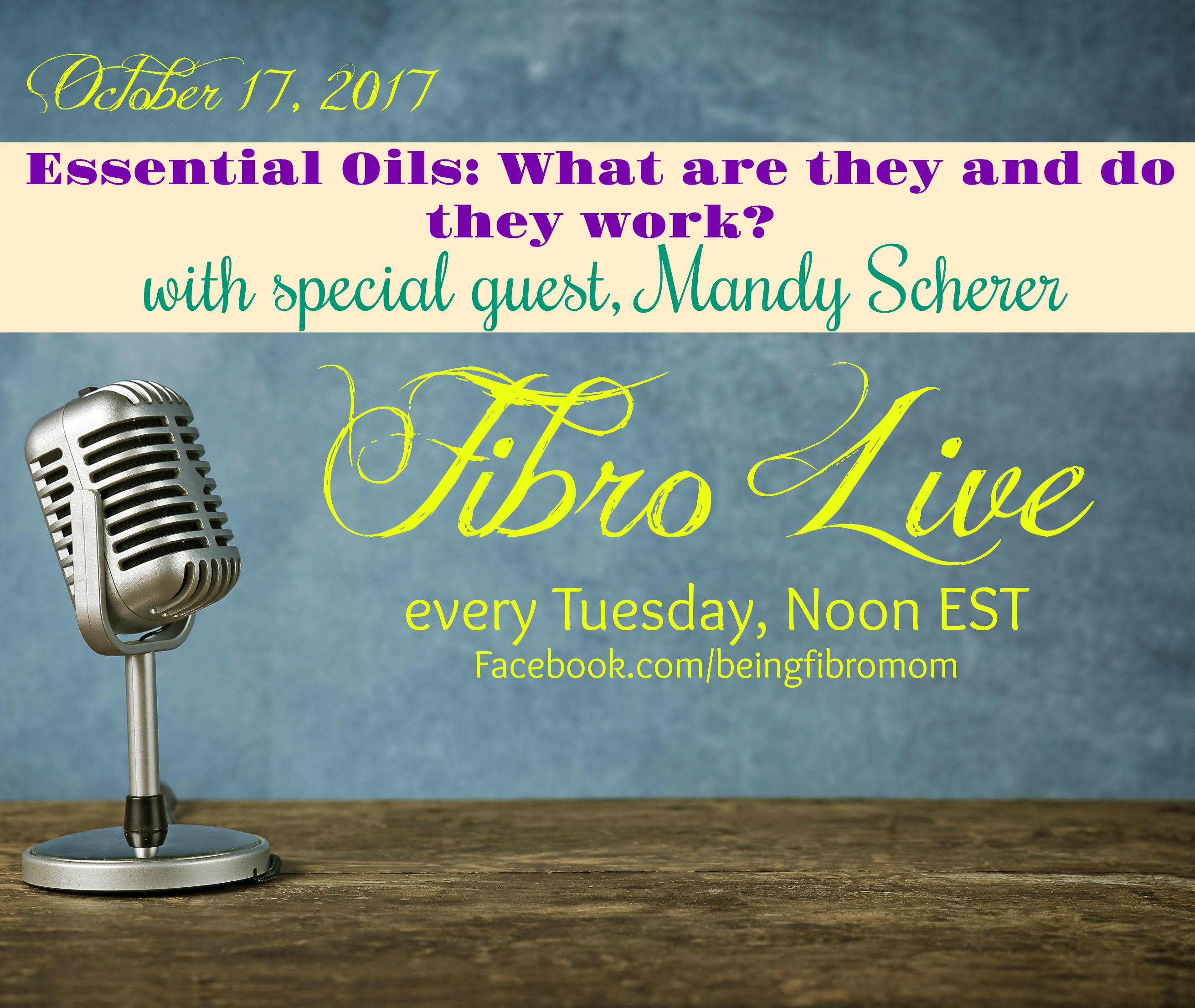
Disclosure: I get commissions for purchases made through links in this post, but these are products I recommend and have verified and/or used.
Essential oils: Do they really work?
After finding out pain medications do not work for me, I’m limited to natural ways to relieve fibromyalgia symptoms. A few years ago I gave essential oils a try, and to my amazement they worked. This took a lot of convincing from me because I am skeptical of essential oils. I’ve been using oils for two years now and I’m still in awe of how they positively affect me. Not everyone is the same, naturally as with all things in life, but in order to better understand what essential oils are, I asked my friend, Mandy, the ins and outs of oils.
Disclaimer: Essential oils do NOT claim to cure anything. Essential oils do help with various discomforts and can help with symptoms, but that is it. Essential oils are NOT regulated by the Food and Drug Administration (FDA).
Note: Before using essential oils while taking any type of medicine, be sure there are no potential adverse reactions. To do that, talk to your physician or simply research the specific oil and the medication. Treat essential oils just like any regular medicine – there can be side effects just like anything else you put into/on your body.
Questions about essential oils
Are essential oils a new fad?
Mandy: Essential oils have definitely become more mainstream in the past few years; however, they have been used by many cultures around the world for centuries. They are even referenced several times in the Bible. In one of the most well known stories of all time, The Wise Men brought Jesus Frankincense and Myrrh. Their uses varied between cultures from religious purposes to healing the sick. Ancient Egyptians used them for mummification. It is exciting that more people are learning more about their versatility and what they can do. Here is a great blog post about the history: https://www.youngliving.com/blog/essential-oils-in-the-ancient-world-pt-i/
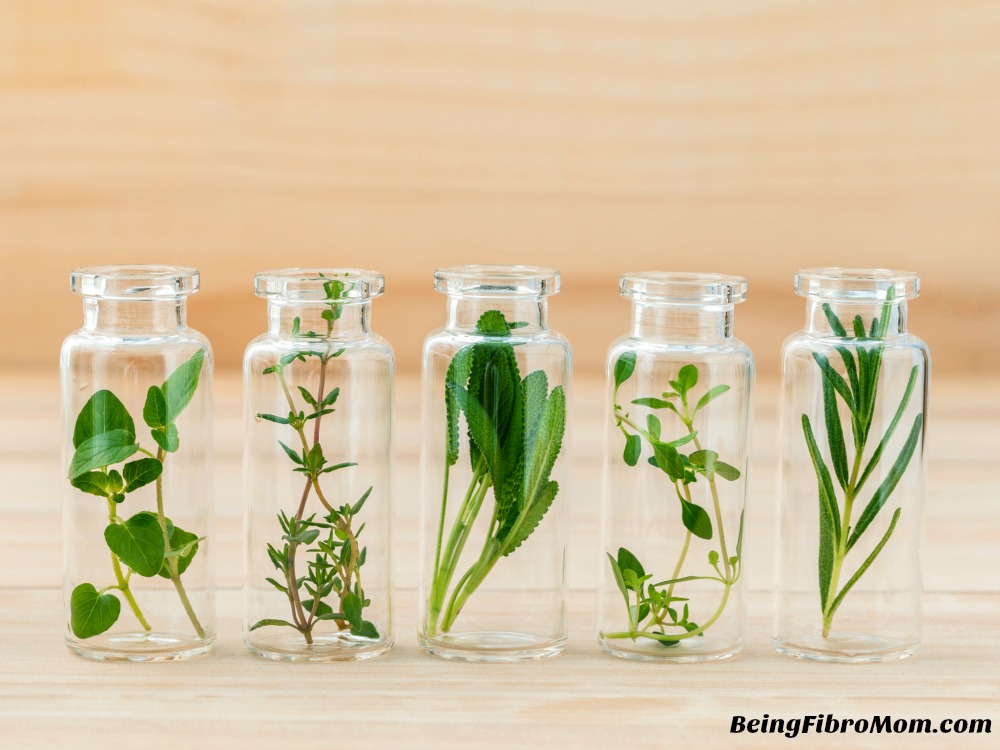
What’s the interest in essential oils? Why essential oils?
I think in general we as a society are looking for more “green” ways to do everything. Essential oils can be used in place of less natural remedies to address symptoms from pain to a cough and everything in between. Essential oils will: Enter the bloodstream within 28 seconds, enter into your entire body within 2 minutes, enter into every cell in your body within 28 minutes, and because they are natural your body metabolizes them within 2-2 ½ hours. So they work fast, and you don’t have residual side effects hanging around for days after using them.
Do they really work?
Mandy: Essential oils have become so much a part of our daily routine because, yes, they really do work. We use them for everything in my house. My 11 year old burned herself with bacon grease just yesterday and without even being told, she grabbed the lavender roller ball to treat her burn. If bugs are bothering me while I’m sitting on my porch, I use a little purification, or citronella.
I no longer buy expensive chemical laden moisturizers or shampoos. My moisturizer is some hemp oil with frankincense, patchouli, elemi and some other oils mixed in it. My shampoo bars have rosemary and lavender in them to support hair growth. The moisturizer I use on my legs has grapefruit because it slows hair growth (I hate shaving).
When someone in our house has a stomach ache, out comes the digize roller ball. When my 4 year old was having a problem with bedwetting, cypress over her bladder each night stopped it. If I have a headache, peppermint to the roof of my mouth. For the growing pains my daughter has quite often, a little panaway in a homemade lotion provides instant relief. I even use them in my homemade dishwasher detergent and my cleaning supplies. Even our homemade playdoh and slime are scented with a calming oil of some kind (the light vanilla scent of stress away is a favorite).
Are there studies to support the effectiveness of essential oils?
There are studies that have been done. I’m not familiar enough with them to quote them, but here is a good resource to read more: https://www.laborforlove.com/the-research-supporting-thieves.html
What should someone look for when looking to purchase essential oils?
Mandy: One of the first things to look for is does the oil expire. Pure essential oils never expire, so if there is an expiration date on the bottle the oil is probably mixed with a carrier oil that can become rancid. It is always good to remember that you are putting these oils into your body. Whether it be through inhaling them, rubbing them onto your skin, or actually ingesting them. Don’t risk your health with cheap oils. You probably would not eat food from an untrusted source, so why would you use oils that might be full of dangerous chemicals?
Don’t buy oils off of the internet. Even if they are labeled as Young Living, they might have been tampered with. You should only buy from a trusted distributor of a well known brand. Lately you can buy oils pretty much anywhere. One well known department store has recently started selling oils. The display is beautiful and shows glorious fields of lavender. It even says that the oils are 100% pure and natural, and contain no synthetic fragrance, parabens, or GMOs. Well, look a little closer and you get the truth. The 4th ingredient on the bottle is…..ETHANOL! Like the stuff we put in our gas tank! (Ethanol is derived from corn, which is almost always GMO, especially at large scale farms that make the corn to produce ethanol).
And it gets better, as you read the warnings on the bottle. “’Causes skin irritation’ ‘Causes serious eye damage’ ‘May cause an allergic skin reaction’ ‘May be FATAL if swallowed and ENTERS AIRWAYS.” Spend a little more money for a quality product. A more concentrated oil you can use less of and so, while it might be a little more expensive, it will actually last longer and cost less.
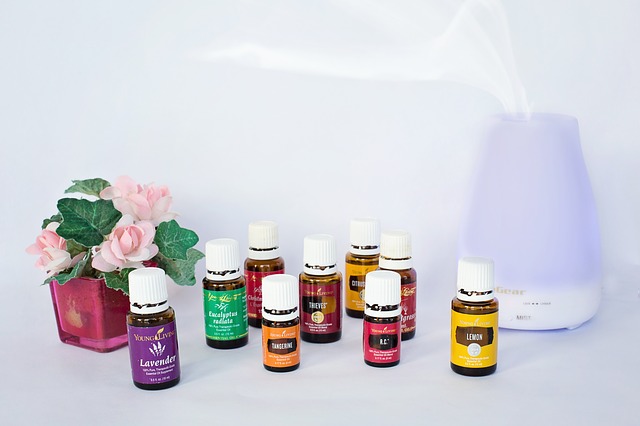
Why do you use Young Living essential oils?
Mandy: I love YL because of their integrity and because of the purity of their oils. They have no fillers, so they don’t expire! Young Living, won’t even plant seeds in soil that’s been chemically treated. They don’t ever use chemicals or even organic pesticides because it changes the DNA of the soil, so they use their own essential oils to keep bugs away.
Young Living is THE original. It is a 20 year old company. Young Living oils are 100% pure and Young Living offers a Seed to Seal promise meaning they own all the seeds, own their farms and partner with others, AND distill all their own oils. Every other oil company buys their plants from farms and they do not have control over the distillation process. Learn more about Seed to Seal here: https://www.youngliving.com/blog/a-closer-look-at-seed-to-seal-sourcing-science-and-standards/
What are the various ways to use essential oils?
Mandy: There are 3 main ways to use essential oils. The first is aromatically, using a diffuser or simply inhaling them. The second and most portable way is to use the oils topically on your skin. I like to use a little fractionated coconut oil (but any vegetable oil will work) mixed with my oils in a roller ball to use whenever I am on the go. And the third is to ingest them which we are going to talk about next.
There are claims that suggest ingesting essential oils are not safe. Are they?
Mandy: Ingesting oils is a personal choice that should be done with caution and after consulting with your physician or naturopathic provider. Young Living does have a line of vitality oils that have FDA compliant labeling for ingesting, but remember, oils are very concentrated, a single drop of essential oil contains between 80-300 chemical constituents, so you want to start small and listen to your body. If you do decide to ingest oils, you can put a drop on your thumb and press to the roof of your mouth, you can put a few drops in your water, or you can even buy vegetable capsules and place drops in those to swallow.
What are the precautions to using essential oils?
As I mentioned earlier, essential oils are potent. I like to think of them the way I would think of any medication. You would not take 5 acetaminophen capsules at one time. It is always a good idea to dilute oils for use, especially when using an oil for the first time – they will last longer and be safer to use. Win win! Also, remember some oils are hot oils. You do not want to get peppermint (for example) in your eyes. Never put essential oils in your ears.
What are some trusted resources to read more?
Mandy: One of my favorite resources for how to use the oils is The Essential Oils Pocket Reference by Life Science Publishing. It is also available as an app through Google Playstore or iTunes.
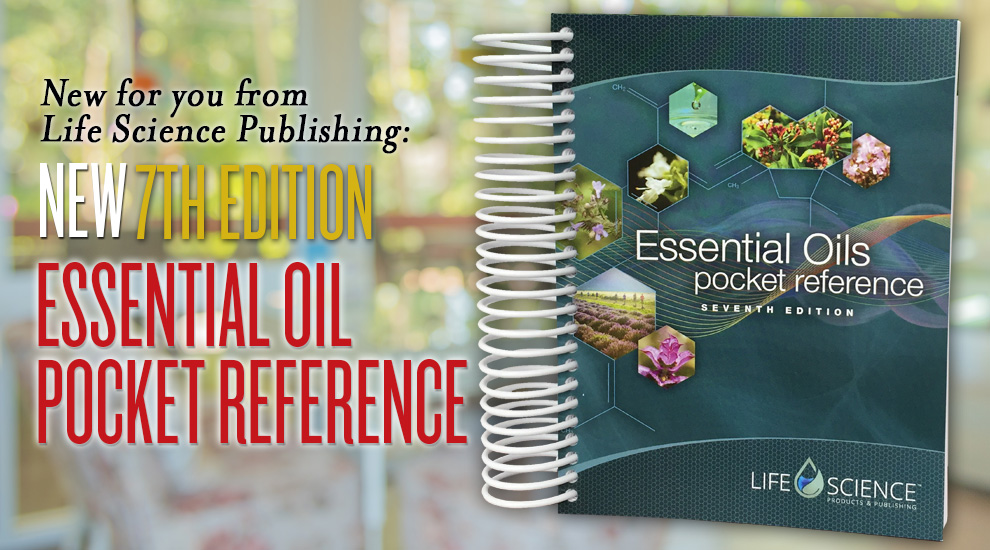
Another great book is The Essential Oil Truth Second Edition: The Facts Without the Hype by Jen O’Sullivan.

Some great websites are: https://www.jenessentials.com/ and https://roberttisserand.com/
Fibro Live Show
Related Articles

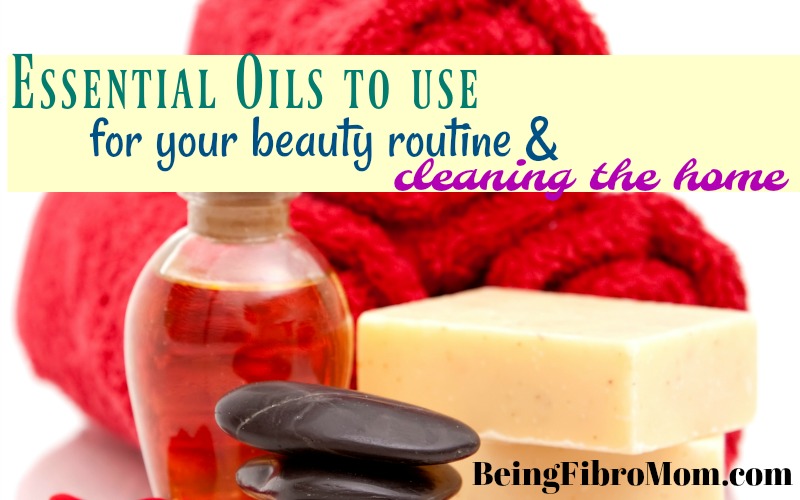

I think that there can safe options to purchasing your oils from somewhere other than a MLM company. I purchase mine through Eden’s Garden and they are 100%pure therapeutic grade oils. They are a fraction of the cost because they don’t have to mark up the oils to pay a priamid of representatives. I used to buy solely through doTerra and I just couldn’t afford it. I know that everyone has a preference and if someone makes their living selling oils through a company, I get that you want to push buying oils that route. But, just know that it’s NOT the only safe route to buy oils.
I agree that it’s not the only route, but knowing precautions when buying oils is good to know.